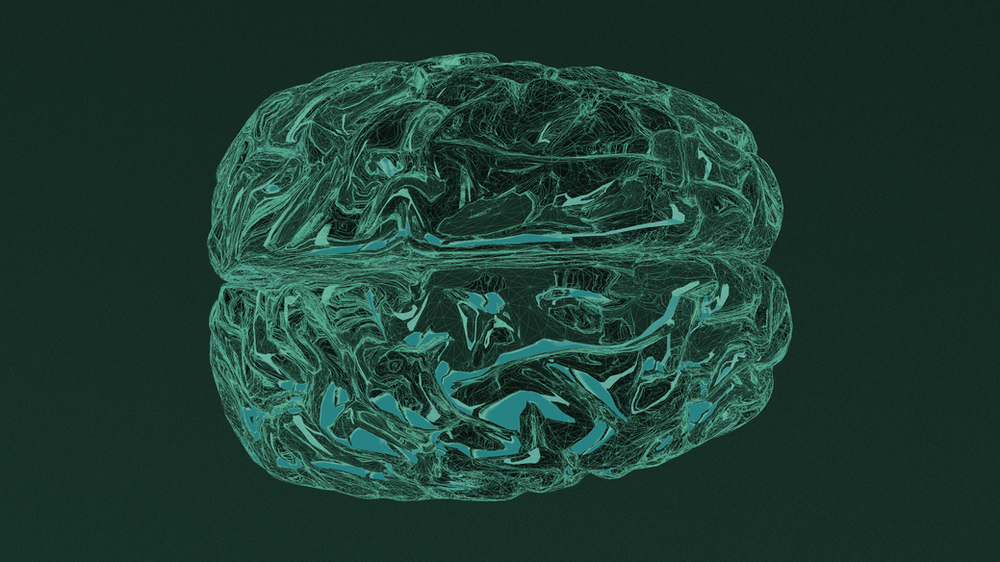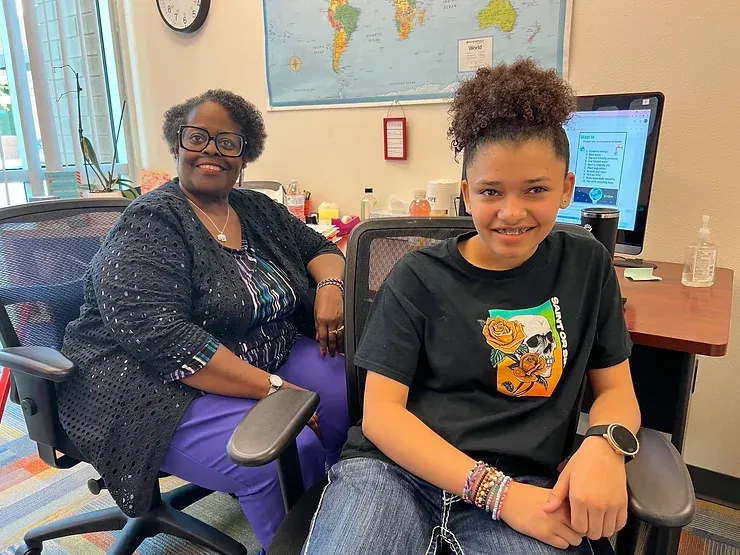ADHD: Brain Chemistry in the Classroom
In my extensive experience working with schools and teachers I have seen many, many students with ADHD. While it is far from a one-size-fits-all diagnosis, you might resonate with some familiar scenarios: the student who gazes out the window, distracted by a basketball game instead of focusing on a math test; the student who can’t seem to stay seated, even with a heavy object on his lap; or the student who responds to a question about the largest lake in the United States with a comment about a teacher’s new glasses.

Students exhibiting ADHD often present behaviors in the classroom, due to their inattention, hyperactivity, and impulsivity, that disrupt the flow. I empathize with those teachers who feel overwhelmed by trying to thread this needle of explaining a set amount of curriculum, crammed into a defined window of time, set against the backdrop of a full classroom (too often, overly-so). The result is a classroom dynamic where the instructional time available does not have room in it to account for any disruptive behaviors that create a divergence from the day’s plan. Thus, it becomes both a challenging environment for the ADHD student to excel in and a challenge for the teacher to stick to their plan to keep the class moving along. While it is clear the ADHD student has the individual potential to excel, guiding their focus, organization, and comprehension can feel overwhelming within the confines of class time.
While there is no silver-bullet solution here, understanding first how ADHD affects the brain and how that manifests in classroom behavior are highly instructive in helping to navigate these challenges to minimize disruption to the class flow and maximize the ADHD child’s chance for success. Understanding the pathways can help teachers tailor more effective strategies to support their neurodivergent students.
Understanding ADHD Behaviors
ADHD behaviors generally stem from four primary needs: attention, avoidance, access, and sensory (or automatic) needs. Here’s how (and why) these needs often present in the classroom:
-
Attention (and Impulsivity): Neurochemically-speaking, one cause of ADHD is dysfunction within the dopamine system that results in lower levels of dopamine in the brain. The brain will often take the path of least resistance to increase dopamine. This is where we see impulsive fulfillment for things that are novel, drive attention, and get a fast response. Students may interrupt, move around the room, or make off-topic comments, which is really the brain causing the body to behave in such a way that garners a dopamine boost. It is their difficulty in slowing down the decision-making process that leads to attention-seeking behavior, the receipt of which can trigger dopamine response the brain craves.
-
Avoidance (and Executive Functioning): Similarly, the brain that is wired to seek dopamine requires a more stimulating or rewarding activity to maintain focus. If a task seems too challenging or dull, students with ADHD may struggle to stay engaged – especially when there are other nearby or accessible ways to engage that do activate those stimulation and reward centers in the brain. This manifests as forgetfulness about assignments, incomplete tasks, or lack of participation in group work. Another neurotransmitter, norepinephrine, is found in lower levels in ADHD brains as compared to neurotypical brains. Too little norepinephrine can prevent certain signals from reaching the prefrontal cortex, the portion of the brain responsible for executive functions like attention, emotion regulation, and impulse control.
-
Access (and Task Following): Again, we look to brain chemistry to understand what creates this difficulty. The magnetic draw of following things more intensely rewarding activities that increase norepinephrine, and dopamine is stronger than that of a most task presented as part of a typical classroom lesson plan… that is, unless that plan is coated in a confetti of novelty, simplicity, and directness. Teachers will see this expressed as difficulty in following multi-step instructions or completing tasks that require sequential processing, like long division or solving equations. Students with ADHD often are challenged by task organization and adherence to instruction, tools that help sort through sequential problems.
-
Sensory Needs : Students may fidget, wiggle, or need to stand up to release energy to satiate their sensory needs and help them manage their vestibular system. Those with ADHD feel an extra urge to move when they are accessing their brain’s executive functions, as the whole biomechanical process takes more effort. The movement you see isn’t just something they can switch off readily, but it is an adaptive tool to help align body and mind, to maintain the alertness and effort required to meet the cognitive demands of the tasks presented. When engaging in something stimulating, such as watching a movie on a Friday afternoon in class, there’s less active thinking involved – ingesting, processing, and holding onto that content is more a passive activity, yet one that engages all of the senses. By contrast, a lecture walking through the on the many meticulous steps involved behind successfully executing long-division demands active input different areas of the brain, which, in ADHD students, creates a need to fidget or wiggle as the body’s way of assisting the brain in managing the additional degree of focus required to get it to cooperate through the multi-step process.

The traditional school environment is simply not built for students with this brain chemistry, demanding prolonged periods of stillness, quiet listening, and the ability to process and comply with complex instructions on a tight timeline. Each of those functions are particular challenging for students with ADHD. It’s not a matter of attitude, aptitude, or compliance, but rather a direct result of the chemical mechanics of their brains. ADHD is not a disorder of ability, but of performance.
The problem is further compounded by the practical outcomes that result from conventional approaches that misunderstand how to best support these kids. Children and teens with ADHD often face consequences like poor grades, frequent reprimands, disciplinary issues, peer teasing, and diminished self-esteem. Incidentally, this widens, rather than narrows, the achievement gap in the classroom.
Teachers, in turn, can grow frustrated by the experience of ineffectiveness and disengage or feel disconnected from their students. However, it doesn’t have to be this way. The overarching point is that the most effective tool in supporting a student with ADHD is a positive attitude. It is much easier, in my experience, to bring a consistent, positive attitude and approach when you first understand the root-cause analysis and that the disruptive behavior patterns you experience in the classroom are largely a simple byproduct of a young brain in search of dopamine, something the ADHD student quite literally cannot control.

Marina completed a pediatric art therapy clinical rotation at The Boston Center partial-hospitalization program in Brighton, MA along with clinical positions at Thom Boston Metro Early Intervention, St. Mary’s Center for Women and Children, and Dana Group Associates. She implemented art therapy interventions for pain and stress management, child and family development, pre-natal and postpartum care, and holistic wellness in acute and high-stress experiences.
More Blog Posts + News










